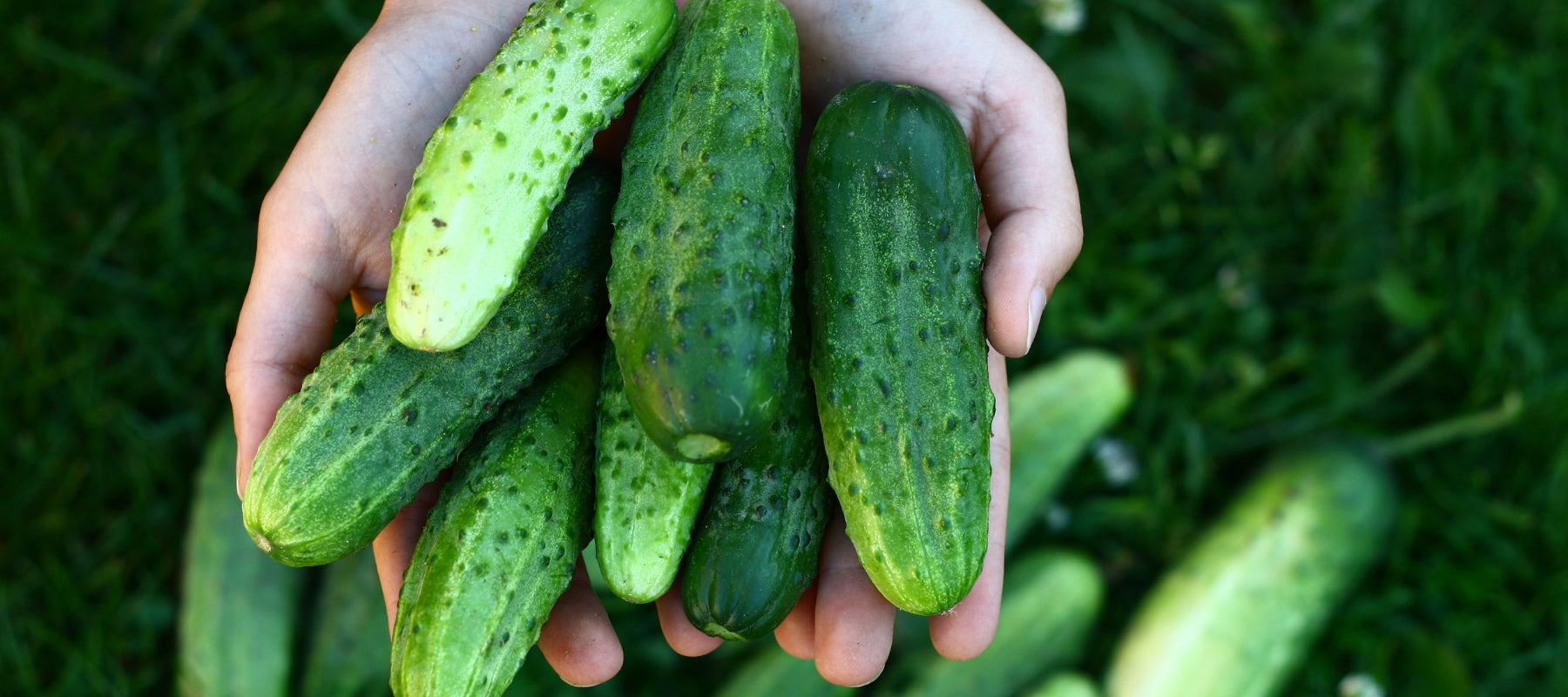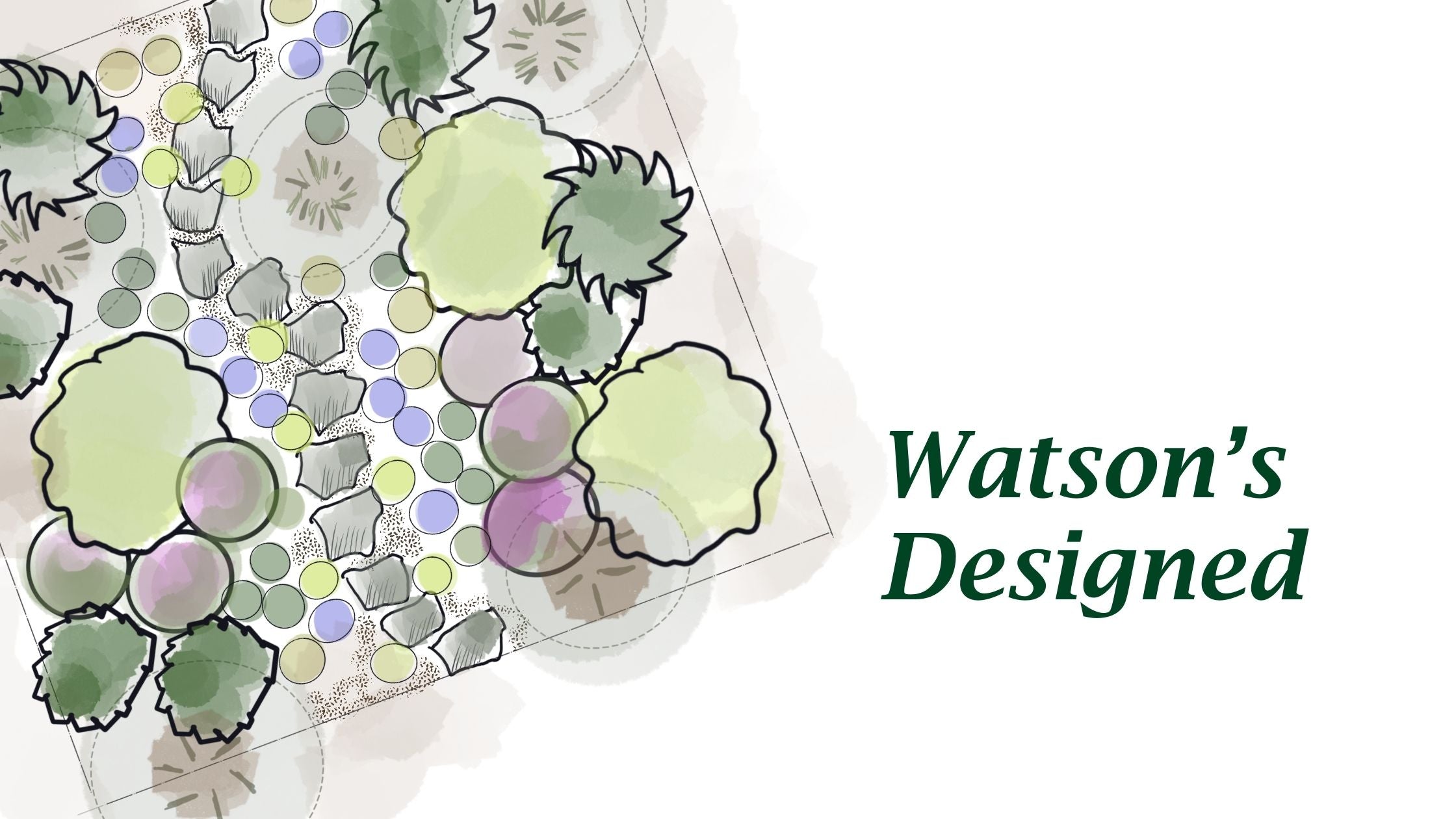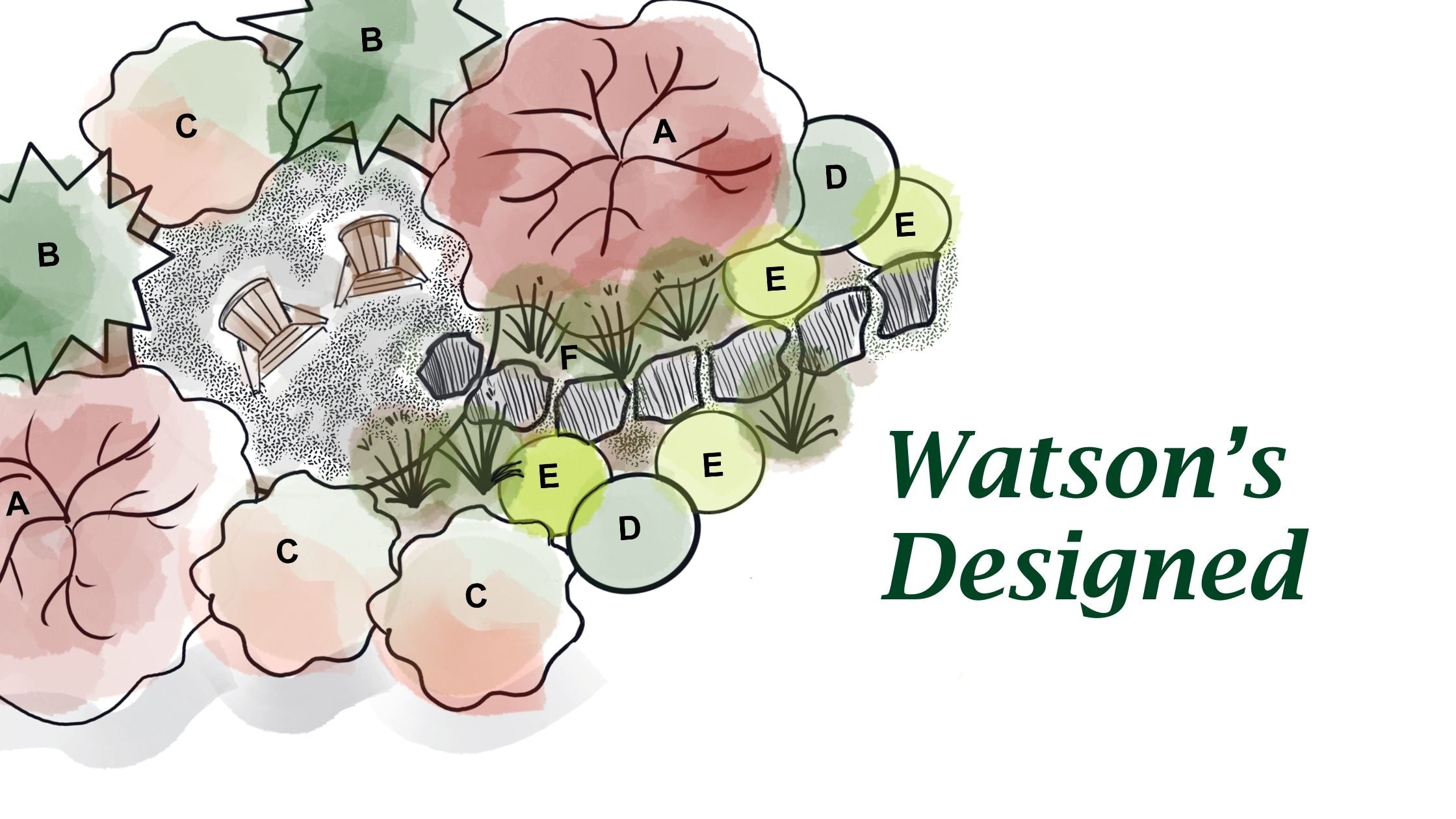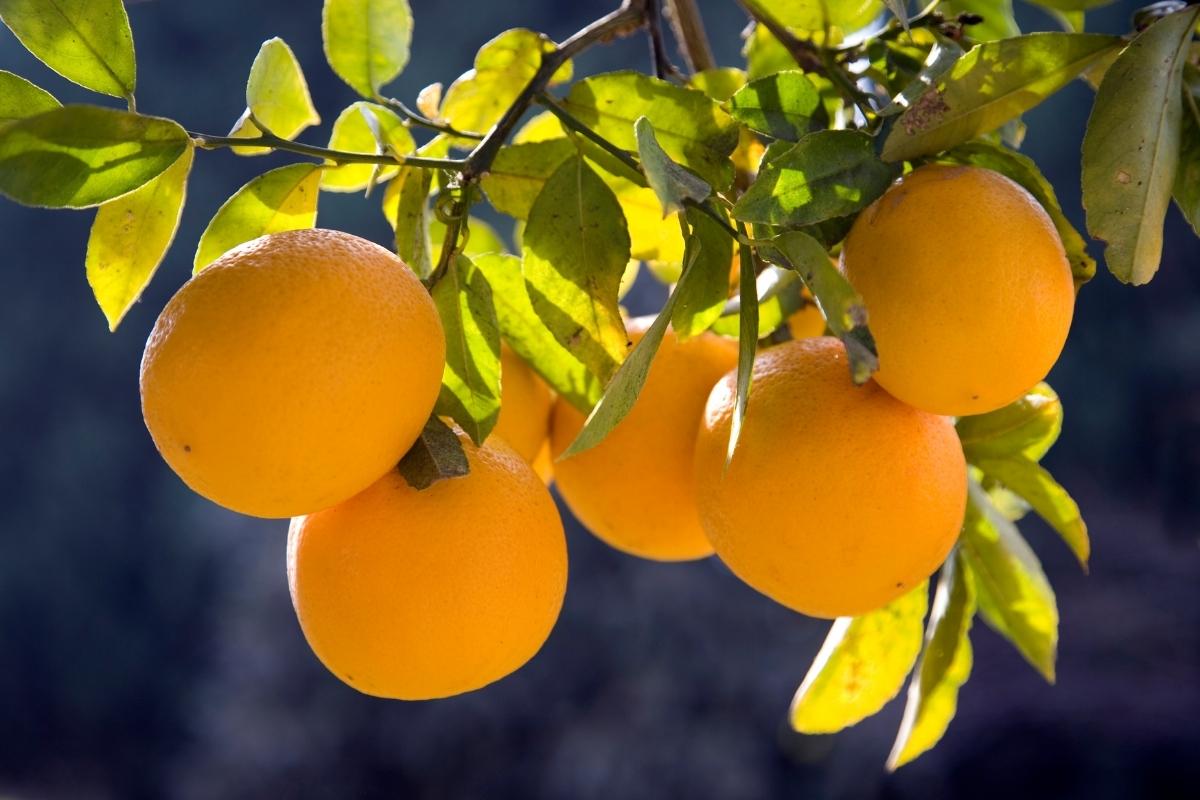Your Guide to Growing Cucumbers & Melons
Learn About Growing & Harvesting Cucumbers & Melons with Maria Bertucci

|
Melons and Cucumbers:
Cucumbers are native to India and have been grown for food for over 3000 years. There are many types of cucumber available to grow these days; the most common two being pickling types or the smooth skinned English cucumbers for fresh eating. A favorite variety of mine is the lemon cucumber which is a short blocky fruit with a yellow skin. It's a long vining plant that is very productive and great for salads and slicing. You can grow bush cucumbers or vining types which are often trellised to produce straight fruit and save space in the garden.
Melons are another ancient food originating in Africa and Asia. We know they were eaten by the Greeks and Egyptians and there are many fascinating and colorful varieties available to grow today. They are very similar in culture to squash and pumpkins, the only difference being that they really enjoy a plastic mulch to heat the soil and keep it warm. If you follow some of the same practices used for growing other warm weather lovers, like grow tunnels, planting in a protected south facing area and choosing varieties with short days to harvest, you can ripen melons here in the PNW.
Prepping the Soil:
Cucumbers and melons love rich well drained soil and lots of moisture. They are heavy feeders, you can’t have too much compost and a good dose of all-purpose organic fertilizer mixed in is a good idea as well. I like to grow mine in 3 foot by 3 foot hills and I cover the whole bed in black plastic mulch. I cut an 6-8 inch circle where I want to plant my seeds and after the soil is good and warm and the plants are up and away I will cover the plastic with straw mulch before the vines are long.
Seeding:
I tend to direct seed my cucumbers and melons at the same time as my squash and pumpkin seeds. If you choose a fast-maturing variety you can do this without fear that the fall will come before the melons, if you want to grow something that takes longer to set fruit and ripen you’ll need to use some tricks. If you are growing a melon or cuke that takes 90-120 days you’ll need to start them early inside. Use at least a 4-inch pot, not a pack tray, and make sure you are feeding your seedlings as they grow. I highly recommend using a grow light as well.
Growing:
The most important thing to keep in mind about these plants is that they are sensitive to cold. I do recommend trying plastic mulch and a grow tunnel or row covers to maximize the temperature of the soil and reduce the nighttime chilling effect.
They love regular water which is not something our climate usually provides in the summer so irrigation of some kind is needed. I like to use drip hoses or irrigation tape in my garden as it cuts down on water waste, weeds and fungal diseases caused by splashing soil up onto the leaves of plants.
If you’d like to trellis your cucumbers, you can use any kind of arrangement that works for you for bean, peas or tomatoes. You can use a fancy readymade obelisk or a piece or old garden fence, they all work. The cucumber vines will grow up the trellis similar to peas, but they will need your assistance to get started and if you have a windy site, I’d recommend tying your plant in with a few tomato ties or strips of old cotton tshirt.
Harvest:
For cucumbers, once your plants start producing, check on them at least three times a week as they tend to hide a few from you the same way zucchini plants do and then you end up with a huge one that's very tough. The best way to preserve cucumbers for the winter is as delicious pickles! There are three ways to do pickles; refrigerator pickles which are great fun, delicious, crisp and easy, canned pickles that are shelf stable and fermented pickles that are fairly shelf stable but need to be stored cold as well. If you are new to pickling try a refrigerator pickle recipe first to see how you like it.
Melons are generally not ready to harvest until the end of the growing season. Hold off on watering when you are getting close to harvest as this concentrates the flavors and sugars in your melon. There are a few signs to check for when trying to decide if it’s time to pick your melon; the tendril closest to the stem of your melon should be brown and dry, the underside of your melon where it touches the ground is generally yellow, the melon should feel heavy for its size and thunk when you thump it gently.
Melons really don’t preserve, and it seems right that it should be so. They are a glory to be enjoyed in the moment. You can make watermelon rind pickles if you like, or even use them mixed with another fruit in a jam but I think the highest and best use of a homegrown melon is to share it outside in the grass beside your garden with the people you love best in the world.



